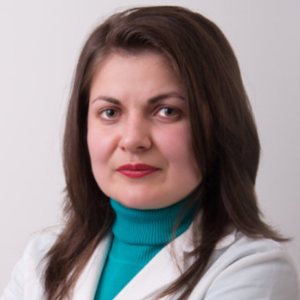Title : Determination of labile copper species in water samples based on solid-phase extraction with ion-imprinted polymer
Abstract:
The toxicity, bioavailability and mobility of copper in aquatic environment strongly depend on its speciation rather than on total Cu concentration. Various approaches have been developed for quantitation of mobile and bioavailable metal fractions e.g. methods based on voltammetric measurements, DGT and PLM techniques as well as speciation codes like Visual MINTEQ, WHAM etc. Ion-imprinted polymers (IIPs) are synthetic smart materials with artificially generated recognition sites able to specifically rebind a target chemical species, i.e. the imprinted ion. Taking into account their high selectivity toward free metal ions, solid phase extraction (SPE) by IIP could be a good approach for fast and reliable quantitation of free copper in natural waters as well as its labile chemical species. For this purpose, Cu(II)-IIP has been prepared by copolymerization of methacrylic acid as a monomer, trimethylolpropane trimethacrylate as a crosslinking agent and 2,2′-azo-bis-isobutyronitrile as an initiator, in the presence of 4-(2-pyridylazo)resorcinol as a chelating ligand and Cu2+ as a template ion. The chemical structure and morphology of the Cu(II)-IIP have been characterized using elemental analysis, FTIR and SEM. Selectivity of the synthesized IIP toward labile Cu(II) species was evaluated in a batch system. The optimal pH values for the quantitative sorption of Cu(II) was 7-8, and complete desorption was achieved by elution with 1 M HNO3. Cu(II)-IIP has been successfully applied for separation of labile copper species in model solutions containing chelating agents as EDTA, glycine, citric, tartaric and humic acid and in real samples (surface waters) followed by instrumental measurement using ETAAS or ion-selective electrode. The concentrations of labile copper species determined by the proposed SPE procedure were in a good agreement with the values calculated by Visual Minteq.
Acknowledgement: The authors gratefully acknowledge the financial support provided by the Bulgarian National Scientific Foundation (Grant DN 19/10 SmartSpeciation).
Audience take-away:
- The main principles of ion-imprinting technique in a polymer matrix.
- A simple and reliable procedure for fast solid-phase extraction of labile Cu species in natural water samples.
- The great potential of ion-imprinted polymers in speciation analysis of trace copper in aquatic systems.




